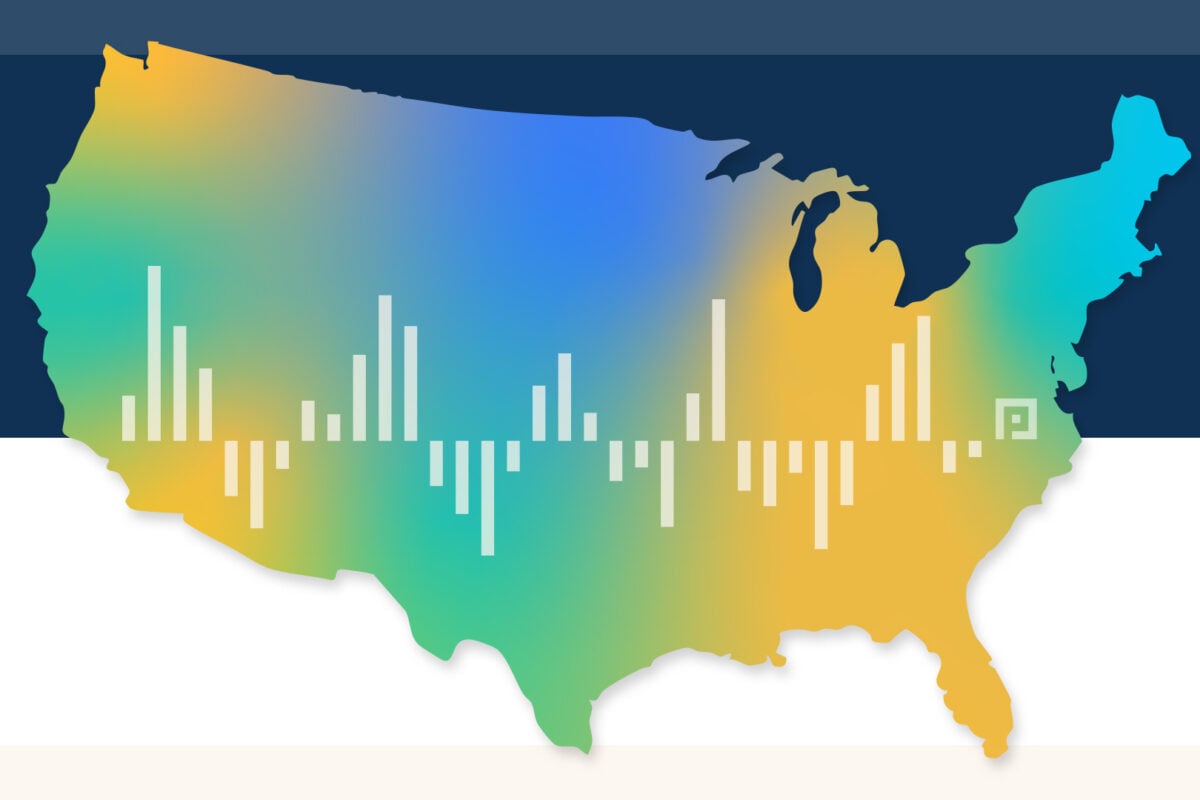Across the country, applying to college has never been easier. Most institutions now offer one-page applications, many with no fees and no essay requirements. But while a simplified application benefits students, especially those who are underrepresented or first-generation, it’s also creating a false sense of enrollment progress for institutions.
Here’s the truth: You may be gaining applicants, but you’re not gaining enrollments.
Direct admit programs are changing how students are funneled into institutions. Whether state-sponsored or facilitated by third parties like EAB, Niche, or Common App, these programs automatically share basic student information (GPA, area of interest, address) with participating colleges. Students are then admitted—sometimes to multiple institutions—without taking any meaningful action.
Take Wisconsin, for example, where the university system initiated a direct admit program in 2024. A high school senior may be admitted to UW-Parkside, UW-Milwaukee, and UW-Stevens Point without ever researching these schools. At first glance, this seems like a win: more admits, more potential. But dig deeper and the institutional risks come into focus.
The yield disconnect
While direct admit drives application spikes—5,000 to 10,000 applicants is no longer uncommon for smaller institutions—yield rates are not improving. In fact, data from Wisconsin and other early adopters show that direct admit applicants are not more likely to enroll than traditional applicants. Common App’s own research echoes this finding: while students in their direct admit pilot were 12% more likely to apply, they did not enroll at higher rates.
Without financial aid packages included in direct admit offers, families still face uncertainty in their college selection journey. And without demonstrated student interest, institutions are left with bloated application pools and little clarity about who is truly engaged.
Why it matters
Here’s where institutions are at risk of leaving yield on the table:
- Increased noise in the funnel. True prospects—those who intentionally applied—can be buried in a sea of automatic admits. Which prospects does the recruiting team chase?
- Misaligned communication. With minimal data on direct admit students, personalization becomes a challenge. Institutions must create parallel communication flows that treat admitted students more like inquiries—educating them on who the institution is and why they should care.
- Strained predictive modeling. Traditional enrollment models break down when a single institution sees a 500% increase in applications from students who may never have heard of it.
- Missed opportunities for engagement. Without timely outreach, institutions risk failing to convert these admits into active prospects.
- An institution could be engaged with multiple direct admit programs—if the direct admit programs are different this could mean multiple nurture campaigns need to be developed.
A call for strategy
It’s time to move beyond counting applications and admits. Institutions must evolve their enrollment strategies to account for the indirect nature of direct admit applicants. This includes:
- Segmenting direct admit students into unique nurture flows
- Prioritizing data collection that surfaces true interest (event attendance, form fills, email clicks)
- Developing strategies to create engagement and to gauge true interest
- Rebalancing resources to ensure organic applicants aren’t overlooked
- Coordinating financial aid outreach early and intentionally.
Direct admit programs are not going away. In fact, private institutions are now creating their own versions to counterbalance state-sponsored public programs. The question isn’t whether to participate—it’s how to participate strategically.
You can’t yield who you don’t know. And in today’s environment, knowing your students—why they applied, what they want, and whether they’re truly interested—has never been more critical.




